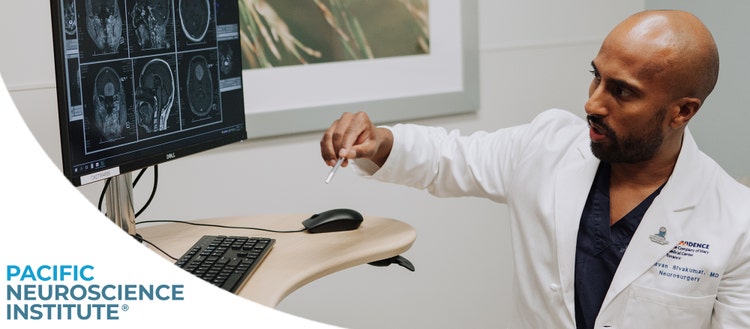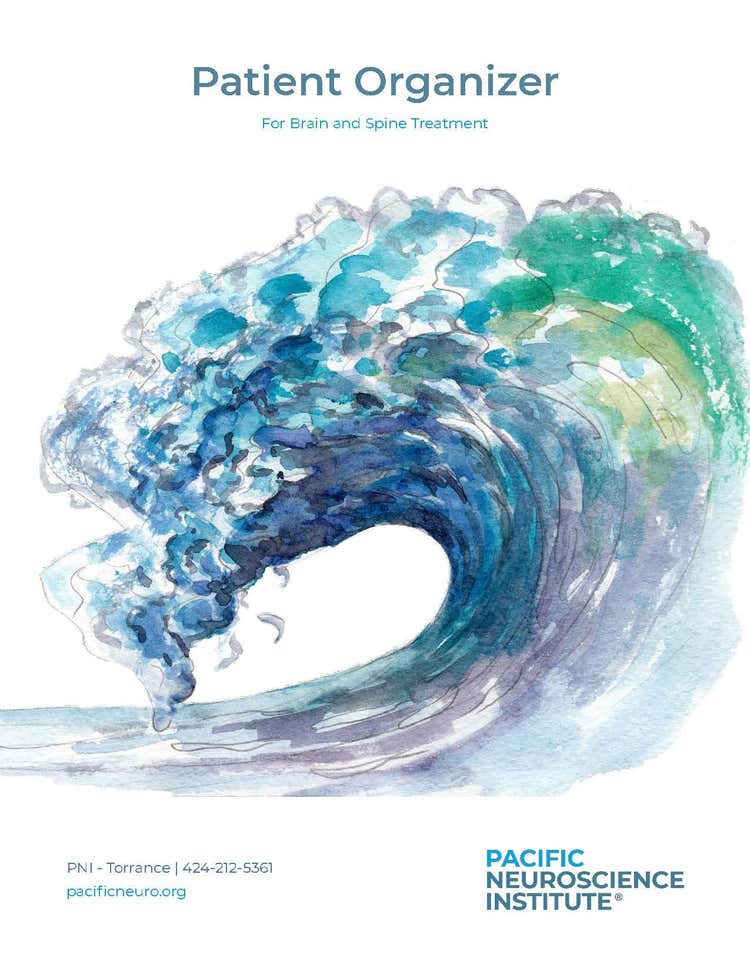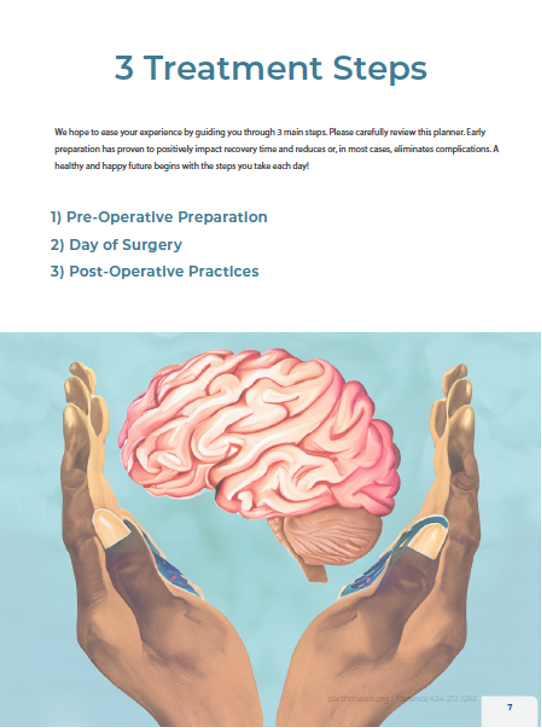Pacific Neuroscience Institute Communicates with Compassion and Creativity using Adobe Creative Cloud and Adobe Firefly

Receiving a major medical diagnosis throws lives into turmoil. Patients and their caregivers struggle to understand options and deal with challenging emotions. Pacific Neuroscience Institute (PNI) is at the forefront of making treatment of neurologic diseases less stressful and more successful. The institute operates in partnership with Providence Health & Services, a system that includes 51 hospitals throughout the western United States.
Dr. Walavan Sivakumar, director of The Stroke and Neurovascular Center at PNI, praises the institute for taking a coordinated, multidisciplinary approach to providing treatment and aftercare. “Patients with neurologic disorders often see a lot of doctors throughout treatment and recovery,” explains Dr. Sivakumar. “What makes us special is that we have all of these doctors under one roof working together on a care plan that gets people from the clinic to the hospital to their homes.”
Investing in communications
Coordinated care results in less confusion and more comfort for patients, which has big impacts on experiences, costs, and outcomes. PNI staff invest time and energy in effective communications, with many using Adobe products as part of their work. The marketing team shares photographs and videos detailing patient success. Office administrators create and edit dynamic forms with Acrobat Pro. Even Dr. Sivakumar uses Adobe Premiere Pro to condense six hours of surgery into a four-minute overview for surgical fellows.
PNI doctors previously created numerous medical planners with key treatment schedules and other information. After realizing patients struggled with managing multiple planners, they came up with a better approach. The Patient Organizer, designed with Adobe Creative Cloud applications, distills complicated processes and multiple planners into a simpler 30-page document. The organizer reinforces need-to-know information with visuals that reassure people that they are in good hands with PNI.
“Good communication gives patients the information they need to return home faster,” says Dr. Sivakumar. “They understand the steps to recovery and are less likely to be readmitted. The median length of stay after brain tumor surgery in the U.S. is about four days, but our median is 1.25 days. That’s a big step in helping people get back to the comfort of their homes.”
Guiding patients through difficult treatment
Marketing project coordinator Robin Banuelos turned to Adobe apps to create the Patient Organizer. A painter growing up, Banuelos understands the power of visuals when shaping narratives. The organizer’s visual style leans into PNI’s southern California location, incorporating soft colors, images of water, and people walking along a beach. Banuelos sourced 90 percent of the imagery from Adobe Stock. She then used Adobe Photoshop and Adobe Illustrator to edit, blend, color correct, and merge images for a cohesive layout. Next, she created the final draft in InDesign with further edits in Adobe Acrobat.

But for Banuelos that was just the beginning. She wanted to include more abstract illustrations of brains, without making the document feel impersonal. By associating brains with unique and beautiful imagery, she hoped to alleviate some patient fears around their upcoming surgeries.
“I’m an illustrator who loves making detailed visuals,” says Banuelos. “However, I don’t have hours to spend on every illustration, so there’s no way I can achieve the detailed look without the help of generative AI.”
Using Text to Image, a feature powered by Adobe Firefly, Adobe’s generative AI model, Banuelos created illustrations using simple keywords such as brain, meditation, ocean, healing, and community.
“As I typed in new keywords, the machine learning algorithm increasingly recognized my style and generated images better aligned with what I envisioned,” notes Banuelos. “After collecting the initial images, I was able to edit and turn them into my own unique vision. This was an exciting discovery. What would have previously taken hours to illustrate independently, is drastically reduced. I also appreciate that Firefly is trained on Adobe’s royalty-free image library, an important consideration for ethical designers.”

Making more time for care
“Being diagnosed with a neurologic problem can be one of the scariest moments of someone’s life,” says Dr. Sivakumar. “The Patient Organizer engages all of our patients’ senses to make things less overwhelming. They talk to their doctors but then also have something to review later, with images and other details that reinforce information and can reduce stress.”
According to Banuelos and Sivakumar, patients seem happier with the organizer. They feel more in control of their treatments and have fewer questions for clinic staff. With less time spent answering questions and fewer hospital readmissions, doctors and hospitals can provide faster care to more people. According to Dr. Sivakumar, he currently sees up to 50 people per week, with no one waiting more than two weeks for an appointment.

While many PNI patients are older and prefer a printed organizer, Dr. Sivakumar envisions a future where these planners will become digital. This opens up new possibilities for the organizer like incorporating dynamic forms or personalized planners.
“Even though people have similar diseases, everyone is unique,” says Dr. Sivakumar. “The Patient Organizer enables us to create a resource to address each person’s needs. It’s excellent for patients and caregivers, but also great for us as physicians. The more time we spend doing things that make the biggest difference in someone’s life, the happier we are.”
For more information about Dr. Sivakumar's publication on enhanced recovery after brain tumor surgery, please click here.
Learn more about Firefly-powered workflows in Adobe Stock here.